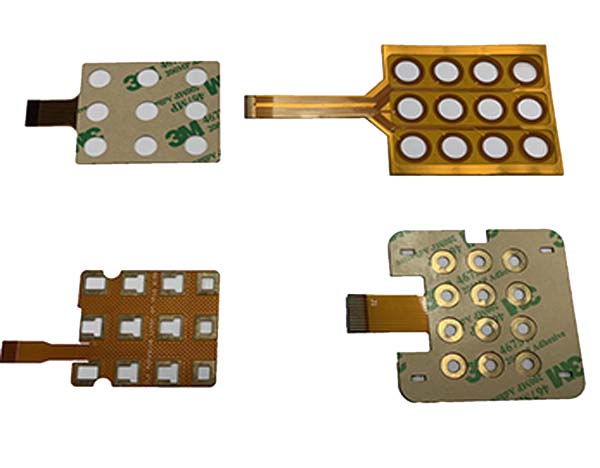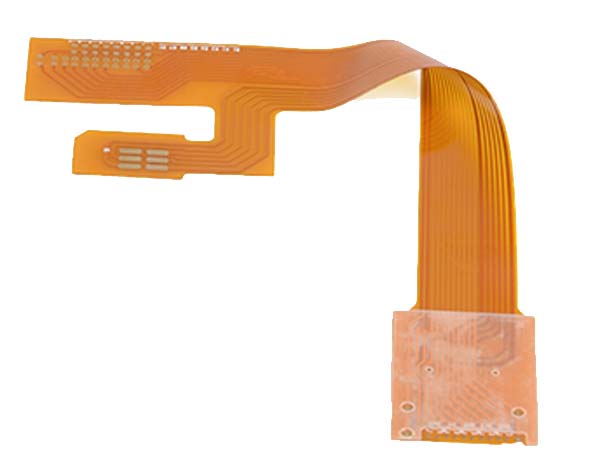What is flex pcb fpc?
Flex PCB (Flexible Printed Circuit Board) or FPC (Flexible Printed Circuit) is a type of printed circuit board that is flexible and can be bent or twisted without breaking.
It is made of a thin, flexible substrate material such as polyimide or polyester film,
which is coated with a layer of copper and etched to create the circuit pattern.
Flex PCBs are commonly used in applications where space is limited and where the board needs to be able to bend or conform to a specific shape.
They are also used in applications where the board needs to be able to withstand vibration or shock.
Flex PCBs are commonly used in electronic devices such as smartphones, tablets, cameras, and wearables.
They are also used in automotive, aerospace, and medical devices.

Flex PCBs offer several advantages over traditional rigid PCBs, including:
1. Flexibility:
Flex PCBs can be bent or twisted without breaking, making them ideal for applications where the board needs to conform to a specific shape.
2. Space-saving:
Flex PCBs are thinner and more compact than traditional rigid PCBs, making them ideal for applications where space is limited.
3. Lightweight:
Flex PCBs are lighter than traditional rigid PCBs, making them ideal for applications where weight is a concern.
4. High-density:
Flex PCBs can accommodate a high density of components, making them ideal for applications where a large number of components need to be packed into a small space.
5. Cost-effective:
Flex PCBs can be produced in large quantities at a lower cost than traditional rigid PCBs,
making them a cost-effective solution for many applications.

types of flex pcb fpc
1. Single-sided Flex PCB: This type of FPC has a single conductive layer on one side of the substrate.
2. Double-sided Flex PCB: This type of FPC has conductive layers on both sides of the substrate.
3. Multi-layer Flex PCB: This type of FPC has multiple conductive layers separated by insulating layers.
4. Rigid-Flex PCB: This type of FPC combines the flexibility of a flex PCB with the rigidity of a traditional PCB.
5. Sculptured Flex PCB: This type of FPC has a non-planar shape that allows it to fit into irregular spaces.
6. Adhesiveless Flex PCB: This type of FPC does not use adhesive to bond the layers, resulting in a thinner and more flexible board.
7. Stacked Flex PCB: This type of FPC has multiple layers stacked on top of each other, with vias connecting the layers.
8. Controlled Impedance Flex PCB: This type of FPC is designed to maintain a specific impedance throughout the circuit, ensuring reliable signal transmission.

Other PCB products, you may interesting








